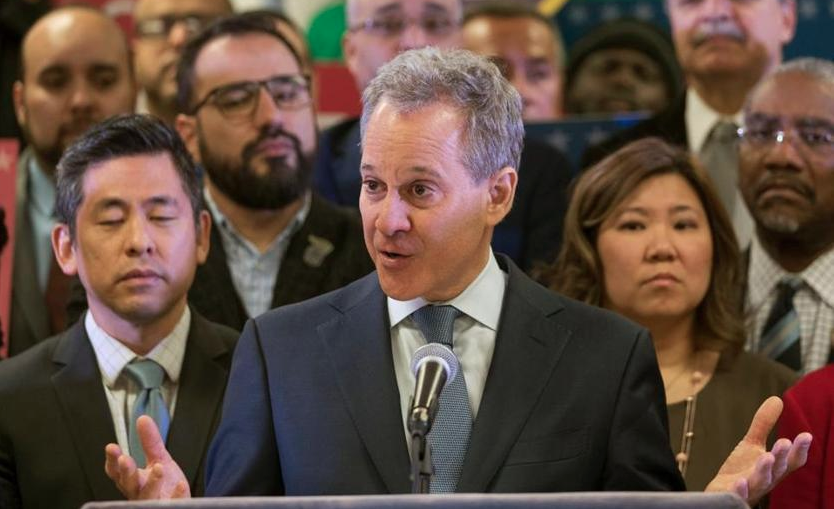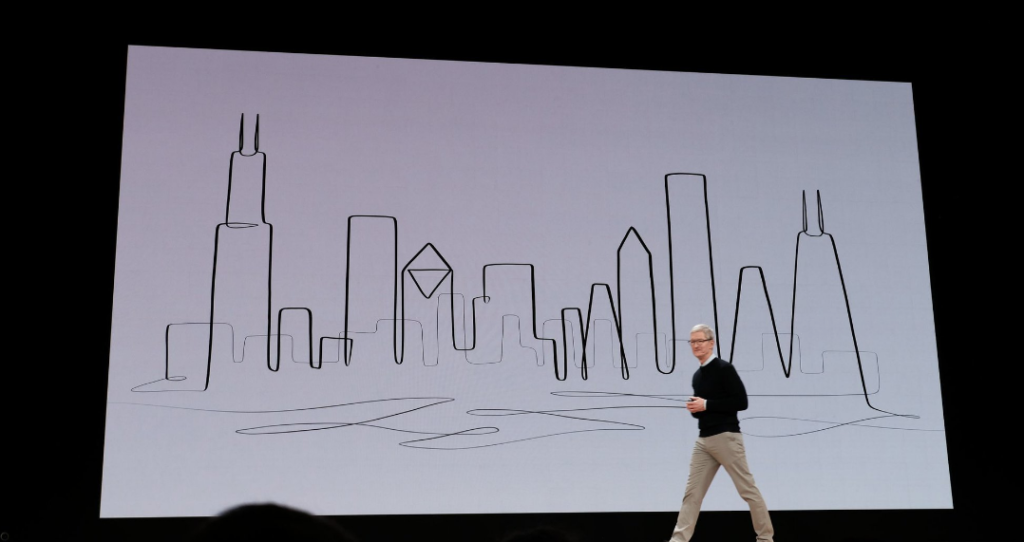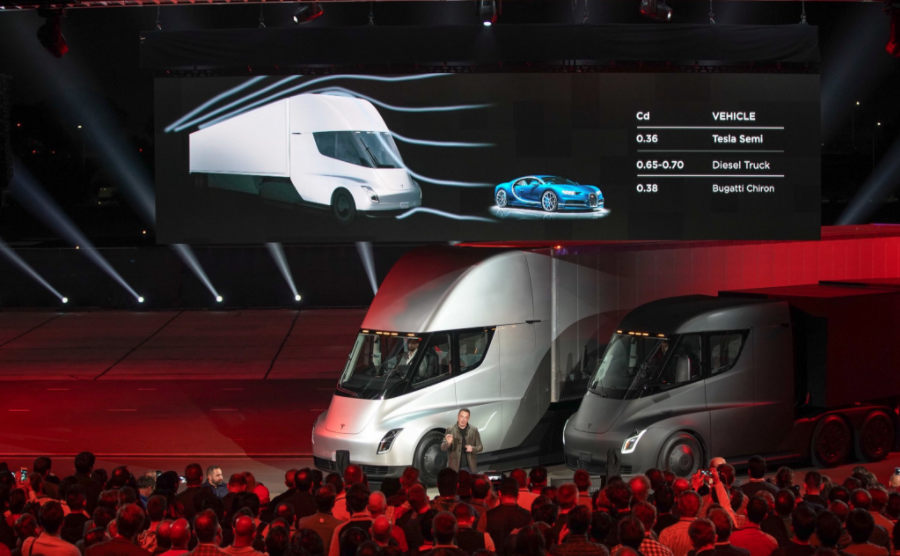Tesla Is Changing the Game Again!
16 Nov, 2017
Elon Musk wears many masks. Internet entrepreneur. Electric car salesman. Rocket man.
Add trucker to the list.
Musk rolled silently into a long-anticipated and oft-delayed event here Thursday at the controls of Tesla Semi. The first electric big rig truck from a company known for its luxury electric long-range cars is a shot across yet another industry bow for the brash Tesla and SpaceX CEO who has vowed to remake automobiles, solar energy and space exploration.
The new vehicle will start production in 2019, and no price tag was mentioned.
Looking like something Batman might have designed, the Tesla Semi prototype — revealed at a glitzy Hollywood-style event at a private aviation center adjacent to SpaceX headquarters in this Los Angeles suburb — is heavy on aerodynamic fairings that are said to, along with its electric engine, drive the cost-per-mile below that of today’s gas-powered machines, Tesla officials said while giving USA TODAY a walk-around before the event unfolded.
“Even with 80,000 pounds it’ll get to 60 mph in 20 seconds,” Musk said, hopping out of a truck. “What about up a hill?”
More significantly for trucking companies, Musk said that a standard diesel truck would be 20% more expensive to operate than a Tesla truck: $1.26 per mile compared to $1.51 per mile.
Musk said that if Tesla Semis were to drive in a convoy, in which trucks can draft off each other while letting computers and sensors keep them just feet apart at highway speeds, it could compete on cost with trains. “This beats rail,” said Musk, throwing up an 85 cents per mile cost.
But Musk emphasized its performance. Tesla Trucks can hit 65 mph vs. 45 mph up a 5% grade compared to a standard truck, he said. Then the biggest applause and hoots accompanied this stat: a 500-mile range, at maximum weight at highway speeds.
Investors were equally enthused. Shares (TSLA) rose 2% after trucking company J.B. Hunt Transport Services said Friday it had already placed an order for “multiple” Tesla Semis.
Musk hinted at a supercharger-less trip — no recharges needed.
“You can go 250 miles, deliver your load and come back,” he said. That said, charging to 80% would take only 30 minutes, “or about the time of the average driver break” on a new solar-powered Megacharger network.
More stats spilled out from there, including a 0.36 drag coefficient, a bit less than a $3 million Bugatti Chiron, thanks to a flat bottom. Musk also said the company was guaranteeing the Tesla Semi for 1 million miles.
“It’s like driving a Model S or Model X, but it’s just big,” Musk said, rererring to the brand’s two current models, an electric luxury sedan and SUV.
At that point, someone in the crowd yelled: “Elon for president!” Musk laughed.
Two trucks sat in a large hanger-like facility, alongside two examples of conventional diesel trucks. The Tesla Semis were painted menacing black and glimmering silver. One featured spidery side view mirrors while the other did not, suggesting that Tesla engineers are playing with using cameras and screens in place of traditional mirrors.
While the exterior’s smooth surfaces are eye-catching, the Tesla Semi’s interior was designed to make truck drivers swoon. In the place of a typical cramped two passenger compartment is an airy space you can walk around.
By far the biggest revolution is in the driver’s seat placement. It is dead center and far forward thanks to the absence of an engine, allowing greater road visibility. A jump seat is positioned to the right and rear of the driver.
From this central, Formula One-style driving position, it’s easy to monitor two screens, one left, one right, offering details of the truck’s running condition and the trucker’s shipment details.
The Tesla Semi has the upcoming Model 3 to thank for its existence. Beyond borrowing cockpit screens, flush door handles and the car’s Autopilot system, the Semi’s powertrain consists of four Model 3 drive axles, one powering each of the four rear wheels (the front wheels are unpowered).
The battery pack for the Tesla Semi, which is located low and behind the driver, remains a mystery in terms of its construction and precise range.
But as with many Musk events, the unveiling was full of flash and scant on details, including how much the sleek big rig would cost, when it would go on sale and whether Tesla had any buyers.
While it might seem odd for a man aiming for Mars to tackle a truck, the appeal for Musk is the size of the market.
Trucking is a $700 billion a year industry in U.S., and offering a product that could offer huge fuel cost savings has the potential to upset the diesel-powered status quo.
USA Today
Image Tesla twitter
Mentioned In This Post:
About the author
Related Posts
-

Fame Whore Omarosa Now Says Trump Is Racist & A Liar
-

The Cowards Have Been Arrested #JusticeForJunior
-

New York Attorney General Resigns After Abuse Allegations
-

It's Another Prince!
-

Apple Debuts New iPad in Chicago
-

Self-Driving Uber Involved in Fatal Crash
-

This Is The Terrorist Coward Who Massacred A Church in Texas
-

Coward Terrorist in NYC Attack Revealed
-

Several People Killed in NY After Truck Runs Them Down
-

Got 1000 Bucks.... Here's A New iPhone










